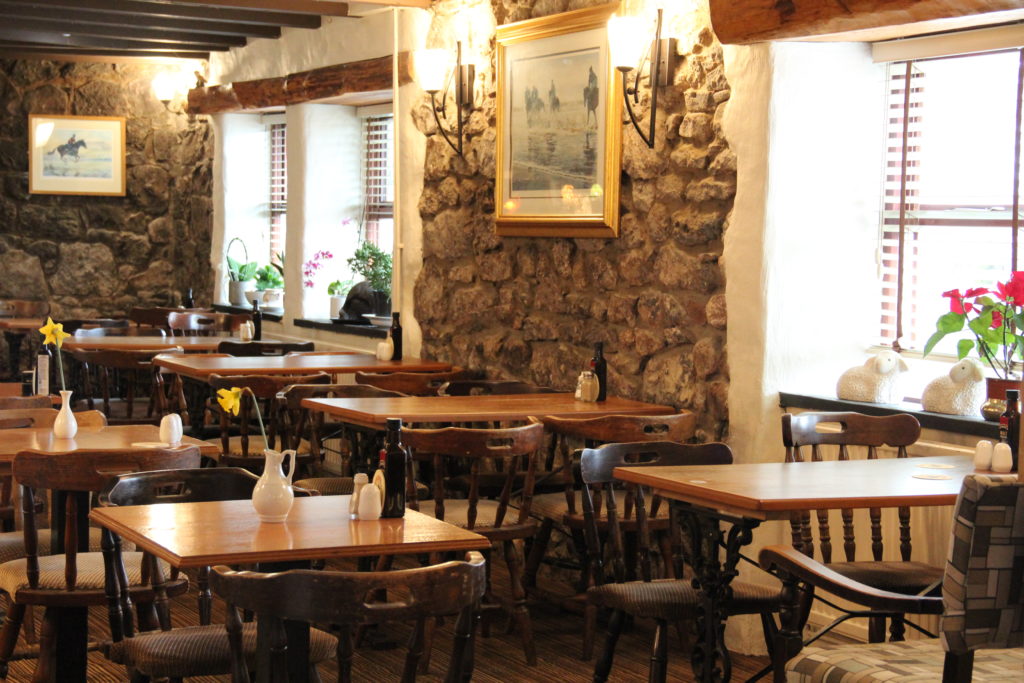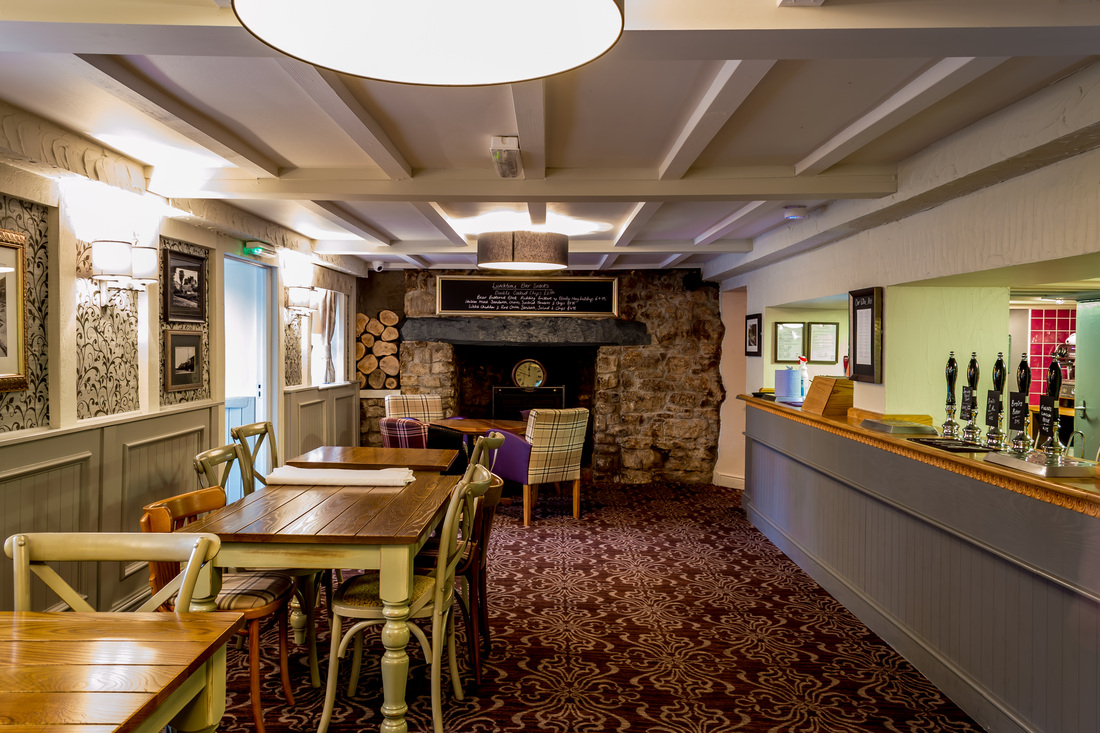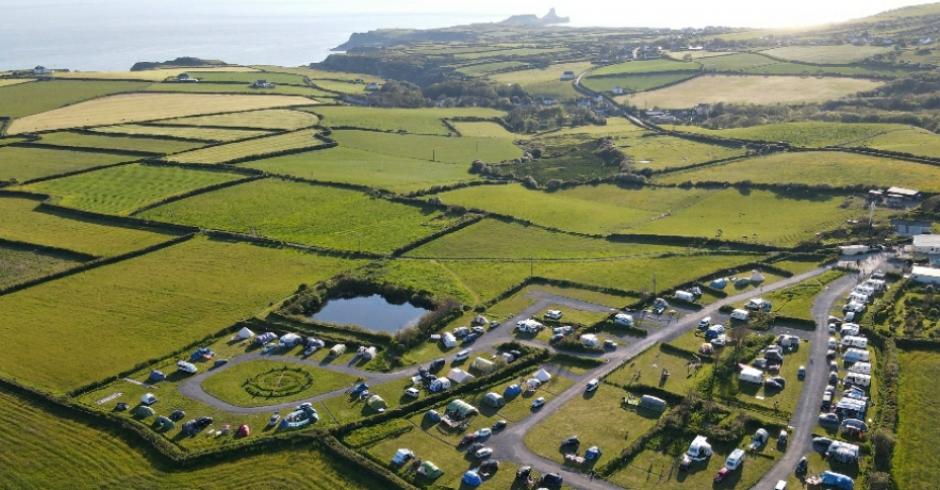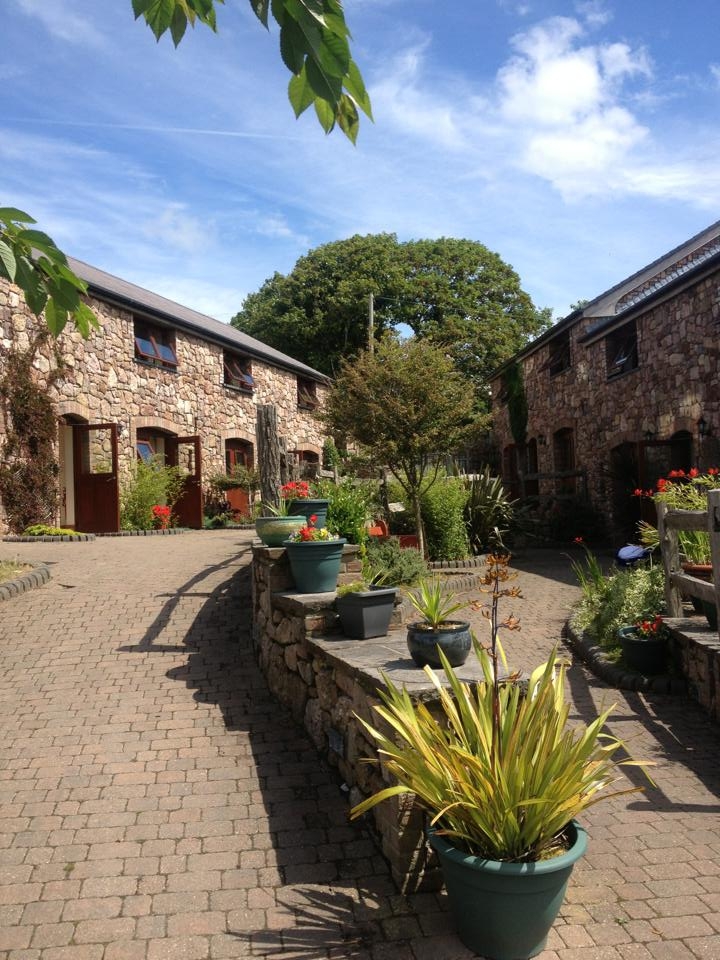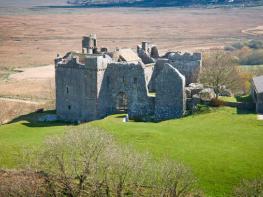Surrounded by farmland close to Rhossili Bay, Pitton Cross is divided by hedging into paddocks,…
Rhossili Bay

This walk takes in the stunning views over one of Wales's finest and wildest beaches
4 miles (6.4kms)
About the walk
The Gower Peninsula comprises a 15-mile (24km) finger of land that points westwards from the urban sprawl of Swansea. Its southern coast is the more spectacular, boasting dune-backed beaches of surf-swept, clean, yellow sand and magnificent limestone cliffs, chiselled in places into deep gullies and knife-edge ridges. The northern coast forms the southern fringes of the marshy Loughor Estuary. It’s nothing like as dramatic as the southern coast, but it’s an important habitat for wading birds and other marine life. Between the two coastlines, the land rises into a series of whaleback ridges, or downs, covered with gorse, heather and bracken and littered with prehistoric stones and remains. Scattered around the windswept landscape are a number of impressive castles. In 1957, the peninsula was designated Britain’s first Area of Outstanding Natural Beauty (AONB) or their new name National Landscapes.
Of all the Gower beaches, none are blessed with quite the untamed splendour of Rhossili Bay. It’s sweeping expanse of golden sand runs for over 4 miles (6.4km) from the headland of the Worms Head to the stranded outcrop of Burry Holms, upon which sits a ruined monastic chapel. It owes much of its wild nature to the steep-sided down that presides over its relentless waves and provides a natural and impenetrable barrier to development. The down is a 633ft (193m) high, whaleback ridge that runs almost the full length of the beach. The path that traces the ridge is one the fairest places to walk in the whole of South Wales, especially in late summer when the heather tinges the hillsides pink. From The Beacon, at the southern end of the ridge, the views stretch a long way and it’s often possible to see St Govan’s Head in Pembrokeshire and even the North Devon coastline on a very clear day.
The string of tiny islets at the bay’s southernmost tip are known as the Worms Head, the name deriving from the Old English, Orm, which means dragon or serpent. It is now a nature reserve, but can be reached at low tide by scrambling across the rocky causeway at the western tip of the promontory. It’s essential that you check the tide timetables before making such a trip as it’s easy to be cut off by the surprising tenacity of the rising tides.
Walk directions
From the car park, head out on to the road and continue uphill as if you were walking back out of the village. You’ll pass St Mary’s Church on your left then, immediately after this, bear left down on a broad track to a gate at its end. Go through this and keep left to follow a grassy track that snakes along the steep hillside.
Follow this through the bracken, passing the Old Rectory on your left and eventually you’ll reach a sunken section with a wall on your left, and a caravan park behind. Don’t be tempted to break off right just yet; instead, keep going until you come to a gate by a road on the left.
Don’t go through but turn sharp right and follow the grassy track steeply up on to the ridge. At the top of the steep section, where the path isn’t always clear, it’s easy to be drawn off to the right towards some obvious outcrops, but keep to the top track that literally follows the crest.
You’ll pass some ancient cairns and drop slightly to pass a pair of megalithic cromlechs, or burial chambers. These are known as Sweyne’s Howes and are over 4,000 years old. More obviously, you’ll spot the remains of a World War II radar station to the right. Continue on a broad track up to the high point of The Beacon.
Keep straight ahead on a clear track that starts to drop easily then steepens to meet a dry-stone wall. Continue walking down the side of the wall and you’ll eventually come to the gate you passed through on the way out.
Follow the lane out to the road, turn right and pass St Mary’s Church on your right to return to the car park.
Additional information
Easy-to-follow footpaths across grassy downs
Rolling downland, rocky outcrops and views over gorgeous sandy beach
Care needed near livestock
OS Explorer 164 Gower
Large car park at end of road in Rhossili
At start near National Trust shop
WALKING IN SAFETY
Read our tips to look after yourself and the environment when following this walk.
Find out more
Also in the area
About the area
Discover Swansea
There’s no getting away from it – when it comes to image, Swansea is a bit of a mixed bag. During its heyday in the 19th century, as king of the copper industry, it was known as ‘Copperopolis’. Dylan Thomas then called it an ‘ugly, lovely town’, but home-grown megastar Catherine Zeta-Jones raves about it and surveys have concluded it’s the best place to live in Britain. The good news is that regeneration is afoot. The dock area has been redeveloped into an opulent Maritime Quarter, where refurbished old buildings mingle with modern architecture, and the city is home to some appealing attractions.
When you tire of the city, head west along the Gower Peninsula, a designated Area of Outstanding Natural Beauty. The perfect holiday destination, it is the ideal place to surf, kite surf or boogie board, with stunning beaches and pretty inland areas. There are four National Nature Reserves and ample gardens, parks, cycle-paths and bridleways. Inland Gower is mostly heath and grazing farmland broken up into tiny parcels of fields, but it has its fair share of attractions, with a smattering of little villages, such as Reynoldston, situated on the Cefn Bryn ridge from where there are far-reaching views of the peninsula.
Nearby stays
Restaurants and Pubs
Nearby experiences
Recommended things to do
Why choose Rated Trips?
Your trusted guide to rated places across the UK
The best coverage
Discover more than 15,000 professionally rated places to stay, eat and visit from across the UK and Ireland.
Quality assured
Choose a place to stay safe in the knowledge that it has been expertly assessed by trained assessors.
Plan your next trip
Search by location or the type of place you're visiting to find your next ideal holiday experience.
Travel inspiration
Read our articles, city guides and recommended things to do for inspiration. We're here to help you explore the UK.


